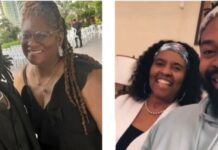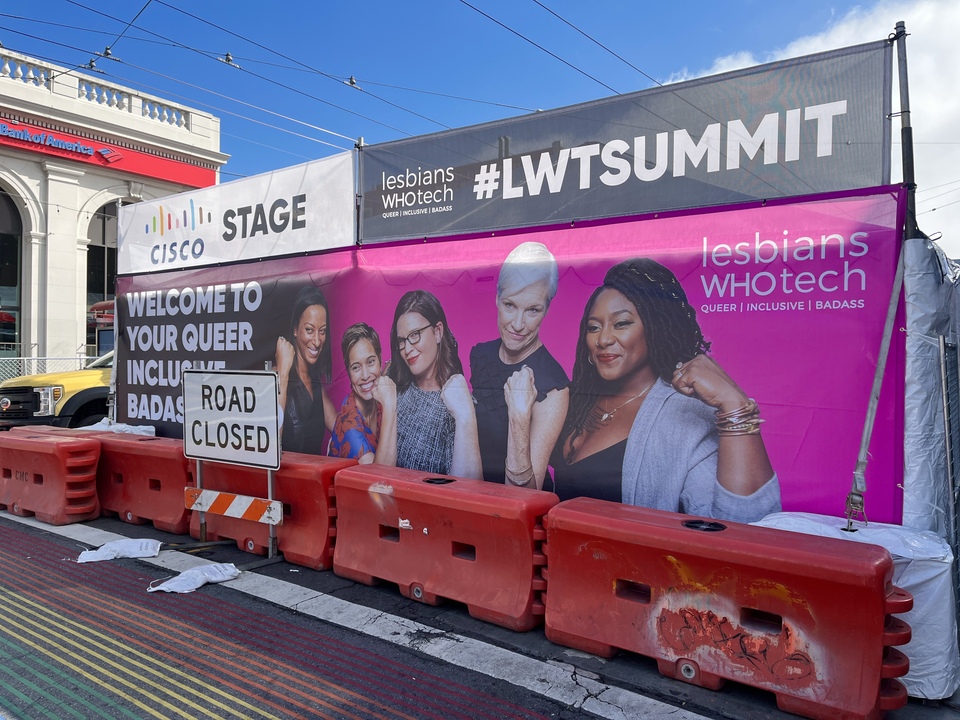
Want FREE access to this Audio Article?
Complete the form below to unlock access to this Audio Article: “Liking Another Group Doesn’t Mean You Dislike Your Own”
Technology Networks Ltd. needs the contact information you provide to us to contact you about our products and services. You may unsubscribe from these communications at any time. For information on how to unsubscribe, as well as our privacy practices and commitment to protecting your privacy, check out our Privacy Policy
More than 70 years ago, a pair of psychologists conducted a study in which they asked young Black girls to choose between Black and white dolls. The girls overwhelmingly chose white dolls, ascribing positive attributes to them.
The Black girls’ choices and reasoning were interpreted by study authors to indicate “a feeling of inferiority among African-American children and damaged… self-esteem.”
The die was cast in psychology discourse: If you like a group to which you don’t belong — an “outgroup” — it’s because you have bad feelings about your own group — your “ingroup.”
A UC Riverside study involving more than 879,000 participants published this week challenges the assumption that liking an outgroup means disliking your ingroup.
“Our findings suggest that outgroup preference does not necessarily reflect negative feelings about the ingroup as much as it reflects positive feelings about the outgroup,” said Jimmy Calanchini, an assistant professor of psychology at UC Riverside and lead author of the study.
In the 1940s study, psychologists Kenneth and Mamie Clark used four dolls, identical except for color, and asked young Black girls questions such as which doll they would play with and which is “the nice doll.” The girls chose the white dolls, leading the researchers to famously conclude that a Black child by the age of 5 is aware that “to be colored in… American society is a mark of inferior status.” The study was subsequently used as supporting evidence in the 1954 landmark desegregation ruling Brown v. Board of Education.
Calanchini’s study focused on measures of implicit bias. Whereas explicit bias is bias that is expressed directly — for example, “I think this group is superior to that group” — implicit bias is measured indirectly.
Calanchini measured implicit bias with the Implicit Association Test, or IAT, a computerized task in which participants sort words related to ingroups and outgroups, and pleasant and unpleasant concepts. If a participant responds more quickly and accurately to some word pairings than others — for example, ingroup-good versus ingroup-bad — it suggests that the faster/more accurate responses are more strongly connected in the participant’s mind.
The study was administered through Internet-based sites to 879,000 volunteers, plus undergraduates at the University of California, Davis. The IATs measured implicit bias in the contexts of race — Black, white, and Asian; sexual preference — straight vs. gay; and age — young vs. old.
Among members of minority or relatively lower-status groups — Asian people, Black people, homosexual people, older people — who showed implicit bias in favor of a higher-status outgroup, they consistently showed more positive evaluations of the outgroup than they did negative evaluations of their own group. The researchers found the same pattern among members of majority or relatively higher-status groups — white people, straight people, younger people — who showed implicit bias in favor of their own ingroup. Their liking of the ingroup showed more positive evaluations of the ingroup than negative evaluations of the outgroup.
“Whenever people like a higher-status group, it’s not necessarily at the expense of the lower-status group,” Calanchini concluded.
Calanchini surmises one possible reason is favorable representations of high-status groups in culture, like movies and politics.
There was an exception to the finding that one can like an outgroup without feeling negatively toward one’s ingroup. White and young people who showed implicit bias in favor of other races or older people were more likely to have negative feelings about their ingroups.
Reference: Calanchini J, Schmidt K, Sherman JW, Klein SAW. The contributions of positive outgroup and negative ingroup evaluation to implicit bias favoring outgroups. Proc. Natl. Acad. Sci. 2022;119(40):e2116924119. doi: 10.1073/pnas.2116924119
This article has been republished from the following materials. Note: material may have been edited for length and content. For further information, please contact the cited source.








